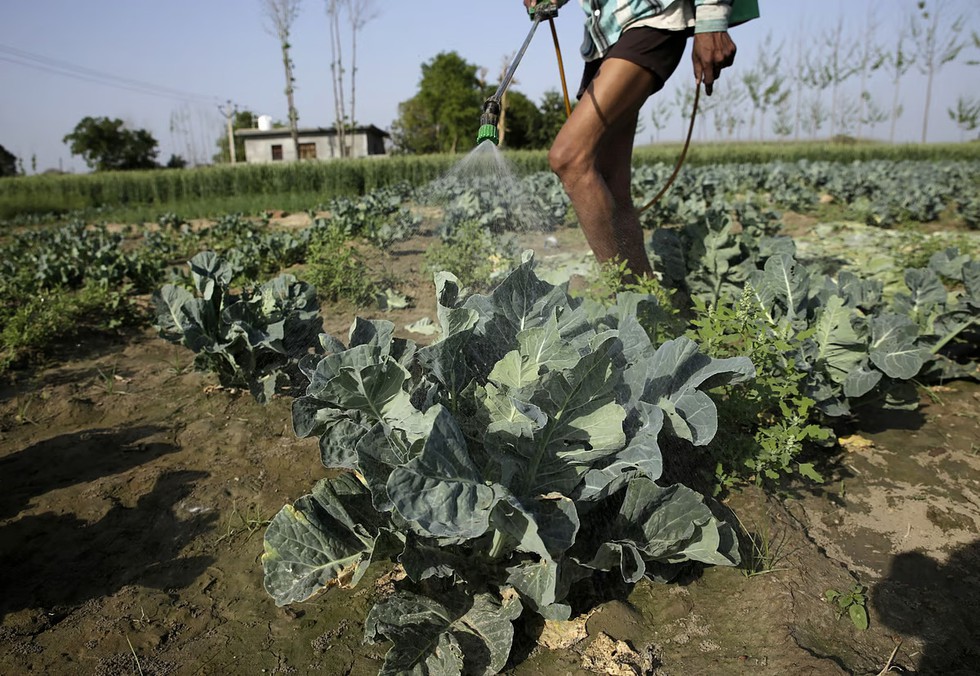About Chlorpyrifos
- Chlorpyrifos, a pesticide classified as ‘moderately hazardous’ by the World Health Organisation, is still approved for use in India on 18 crops, despite bans in over 40 countries.
- It is linked to neurotoxicity, reproductive toxicity, irreversible brain damage in unborn children, and the ability to contaminate distant ecosystems due to its mobility.
Global and National Advocacy
- Pesticide Action Network (PAN) India:
- It advocates placing chlorpyrifos under Annex III of the Rotterdam Convention, requiring prior informed consent before trade.
- It calls for its inclusion under Annex A of the Stockholm Convention, which demands a complete global ban, though exemptions are usually allowed.
- It stresses that safer alternatives are already available, making a total ban both feasible and necessary.
- Unauthorised Use in India: A 2022 report found the illegal use of chlorpyrifos and other agrochemicals like paraquat, raising serious regulatory and enforcement concerns.
What is CIBRC?
- The Central Insecticides Board & Registration Committee (CIBRC) operates under the Directorate of Plant Protection, Quarantine & Storage, part of the Department of Agriculture & Farmers Welfare, Ministry of Agriculture & Farmers Welfare.
- It was established in 1970 to ensure the safe regulation of insecticides across India, particularly focusing on minimising risks to human health, animal safety, and the environment.
- Legal backing:
- The Insecticides Act, 1968 forms the statutory basis for CIBRC. It came into effect from 1st August 1971 along with the notification of the Insecticides Rules, 1971.
- The Act mandates the regulation of import, manufacture, sale, transport, and use of insecticides through a centralised registration process.
